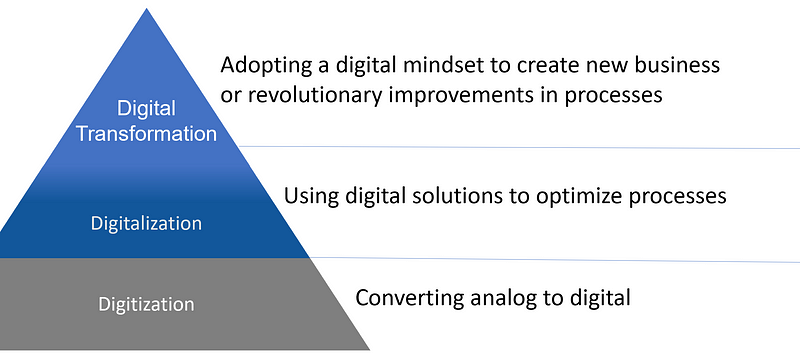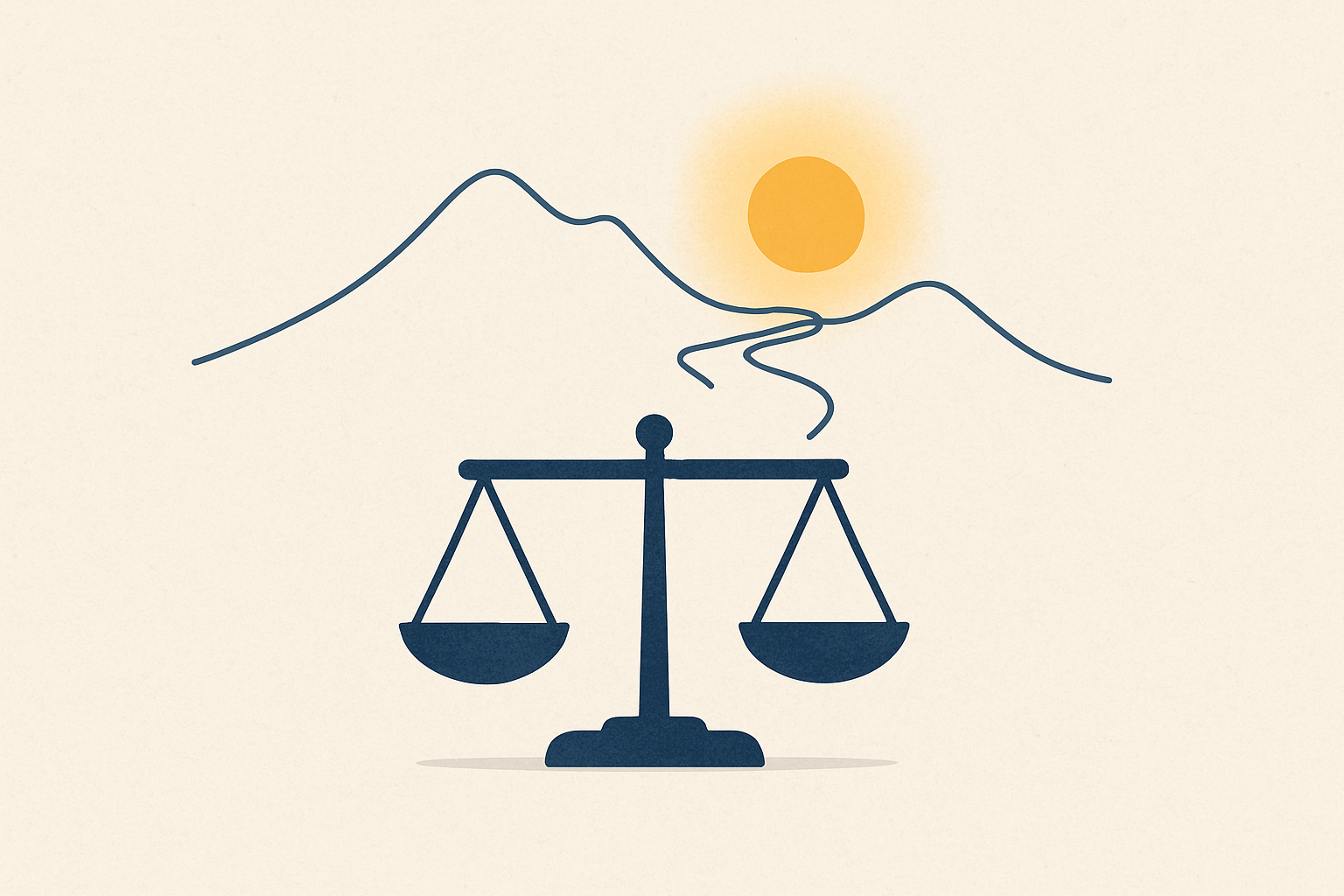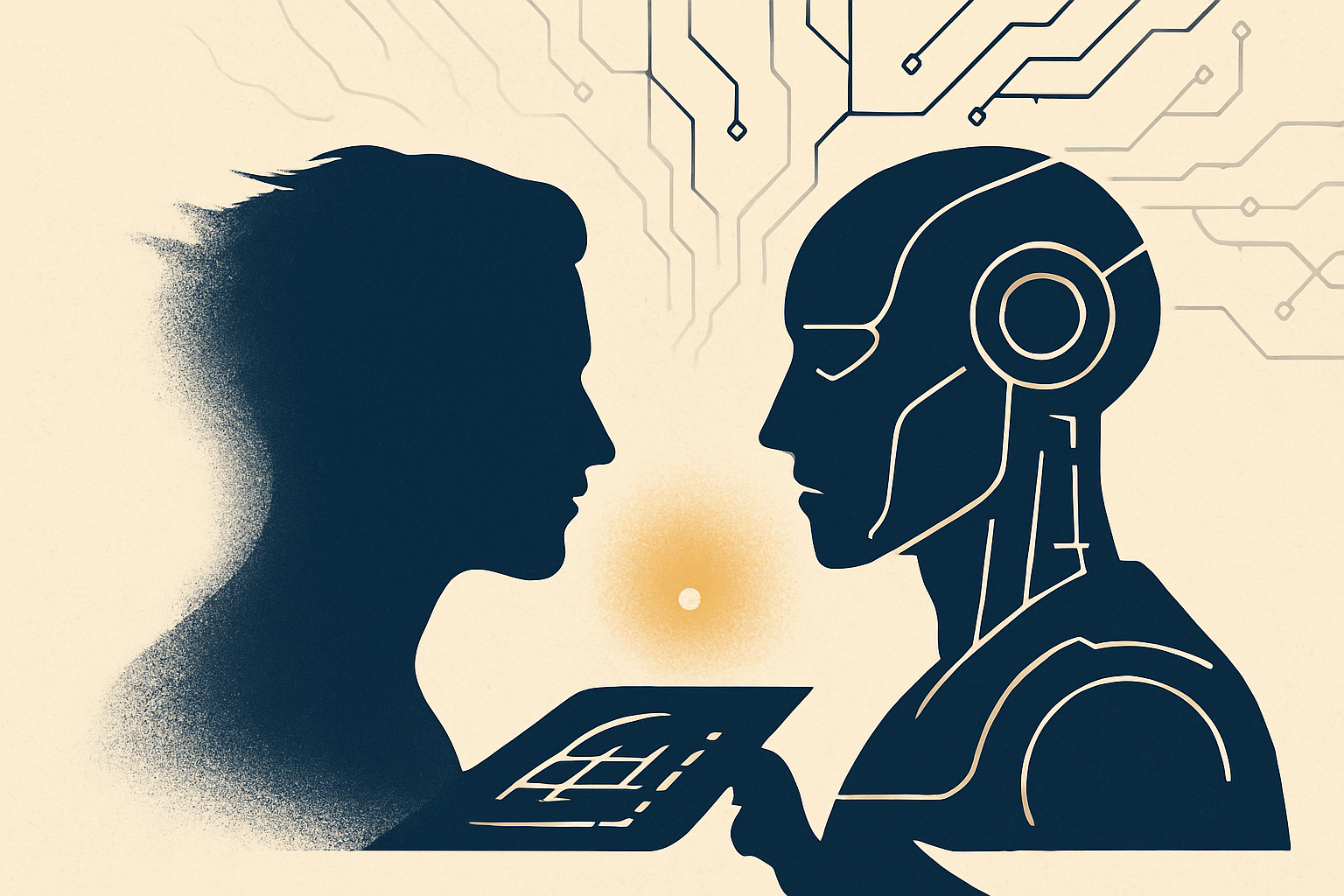Using a short story can simplify explaining a complex concept like Digital Transformation.
Pages to Pixels: The Digital Transformation of a Traditional Library
Once upon a time, a young boy named Alex grew up in a traditional library, surrounded by shelves filled with books.

Digitization: Preserving the Past
As Alex grew into a young adult, he embarked on a mission of digitization, preserving the library’s treasures by transforming books into electronic files. The library’s historical documents and rare books were now easily accessible to visitors, ensuring their preservation for future generations.
A sense of pride and accomplishment filled the library as people marveled at the digitized collection, reveling in the opportunity to explore history and gain knowledge like never before.
Digitalization: Optimizing Library Operations and Efficiency
Inspired by technology and using digitized data from books, Alex took the next step, introducing digital tools and automation to streamline library operations and enhance efficiency.
The library’s catalog was now available online, allowing visitors to search for their desired books and reserve them in advance. Self-checkout kiosks were installed, enabling smooth borrowing processes and reducing wait times. The library became a bustling hub of activity, with people spending less time on administrative tasks and more time engaging with books.

Digital Transformation: Embracing Innovation with a New Mindset
However, Alex’s vision went beyond efficiency. He aimed for a complete digital transformation, reimagining the library experience with cutting-edge technologies. Artificial intelligence algorithms were employed to curate personalized reading recommendations, guiding visitors to discover new books aligned with their interests.
Digital platforms and e-books opened up a world of literature, granting access to titles that couldn’t fit on physical shelves alone. Furthermore, interactive learning programs and online resources allowed visitors to engage in remote learning and virtual discussions, fostering a sense of connection and knowledge-sharing within the community.
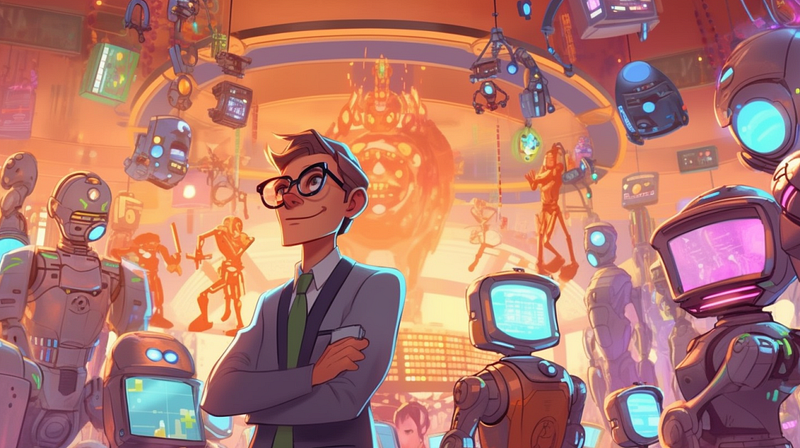
The library evolved from its traditional roots into a modern, tech-driven institution through digitization, digitalization, and digital transformation. The advantages were abundant — from preserving historical documents and improving operational efficiency to offering personalized recommendations, expanding access to literature, and facilitating remote learning opportunities.
These advancements created a sense of wonder and excitement among visitors, transforming the library into a vibrant, forward-thinking community space.
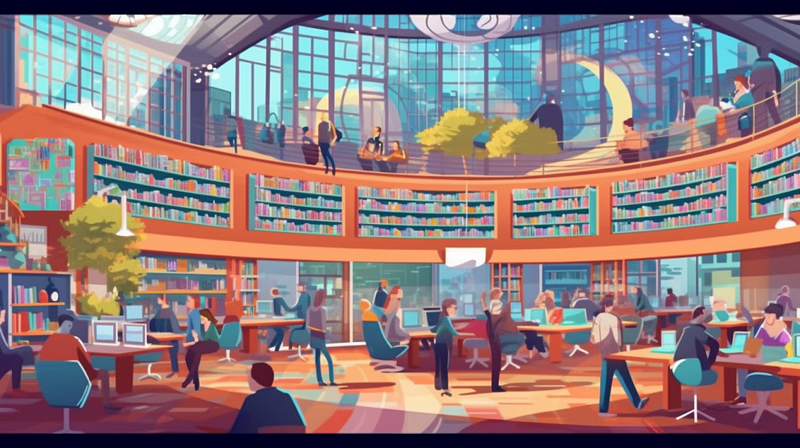
Conclusion
The journey from digitization to digitalization and finally to digital transformation holds valuable lessons about the power of embracing digital technologies. Here are the key learnings:
- Digitization is crucial in preserving valuable content, making it easily accessible for future generations.
- Digitalization optimizes existing processes with digital tools.
- Digital transformation involves adopting a digital-first mindset, leveraging technology to enhance existing processes, create new business opportunities, and drive revolutionary improvements.
